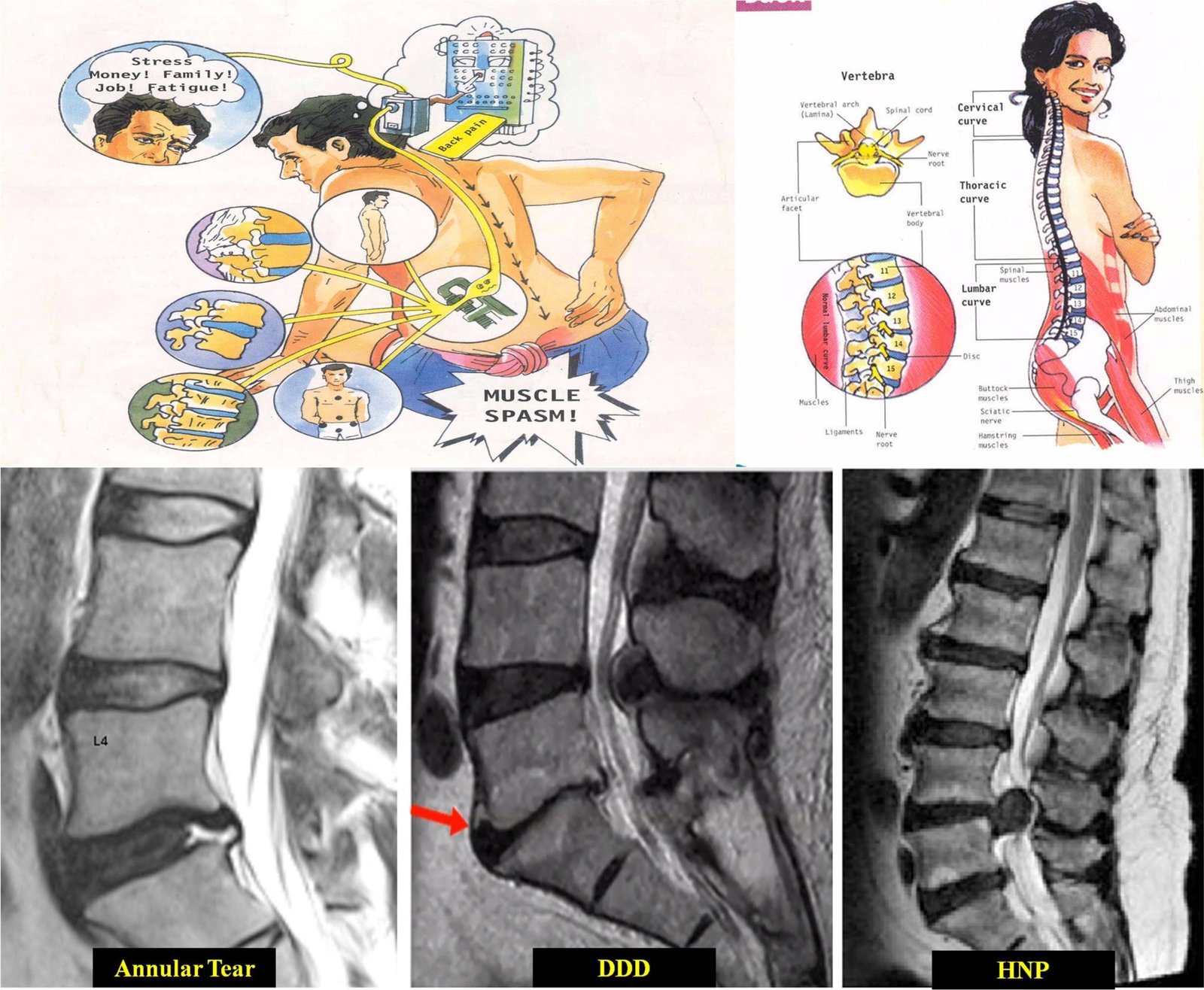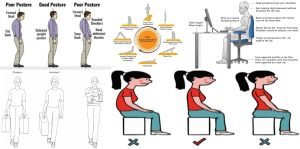
What is Lower Back Pain?
The lower back, also known as the lumbar region, supports much of the body’s weight and is crucial for movement and flexibility. Pain in this area may arise from muscles, ligaments, joints, or the spine itself.
Common Causes of Lower Back Pain
1. Strain or Injury
-
Lifting heavy objects, incorrect posture, or sudden movements can strain muscles or ligaments.
-
Falls or accidents may cause injuries to the spine or surrounding tissues.
2. Lifestyle Factors
-
Prolonged sitting, lack of exercise, or obesity put extra pressure on the lower back.
3. Medical Conditions
-
Herniated Disc: A damaged spinal disc that presses on nearby nerves.
-
Arthritis: Joint inflammation in the spine.
-
Osteoporosis: Weakening of bones, leading to fractures.
-
Spondylosis: Age-related wear and tear in the spine.
4. Infections and Tumors
-
Rare but significant causes like spinal infections or tumors can lead to persistent back pain.
5. Psychological Factors
-
Stress, anxiety, or depression can sometimes amplify the sensation of pain.

When to See a Doctor
Consult a doctor immediately if you experience:
-
Pain lasting more than a few weeks.
-
Severe pain that disrupts sleep or daily activities.
-
Fever, weight loss, or other unexplained symptoms.
-
Weakness or numbness in the legs.
Diagnosis
-
A thorough examination, including your medical history and physical tests, is performed.
-
Imaging tests like X-rays, MRI, or CT scans may be used to identify the cause.




